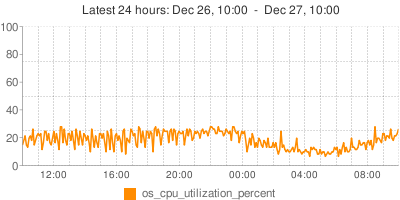In mathematics, a monotonic function (or monotone function) is a function which preserves the given order. [Wikipedia]
To be more precise, a function f is monotonic increasing, if for every x ≤ y it holds that f(x) ≤ f(y). f is said to be strictly monotonic increasing is for every x < y it holds that f(x) < f(y).
So, if we follow values in some order, we say that f is monotonic increasing if f‘s value never decreases (it either increases or stays the same), and we say that f is strictly increasing if f‘s value is always changes “upwards”.
Monotonic functions play an important role in SQL. To discuss monotonic functions in SQL we must first determine what the order is, and then, what the function is.
Well, they both change according to our point of view. Let’s look at some examples. Take a look at the following table: Continue reading » “Monotonic functions, SQL and MySQL”

